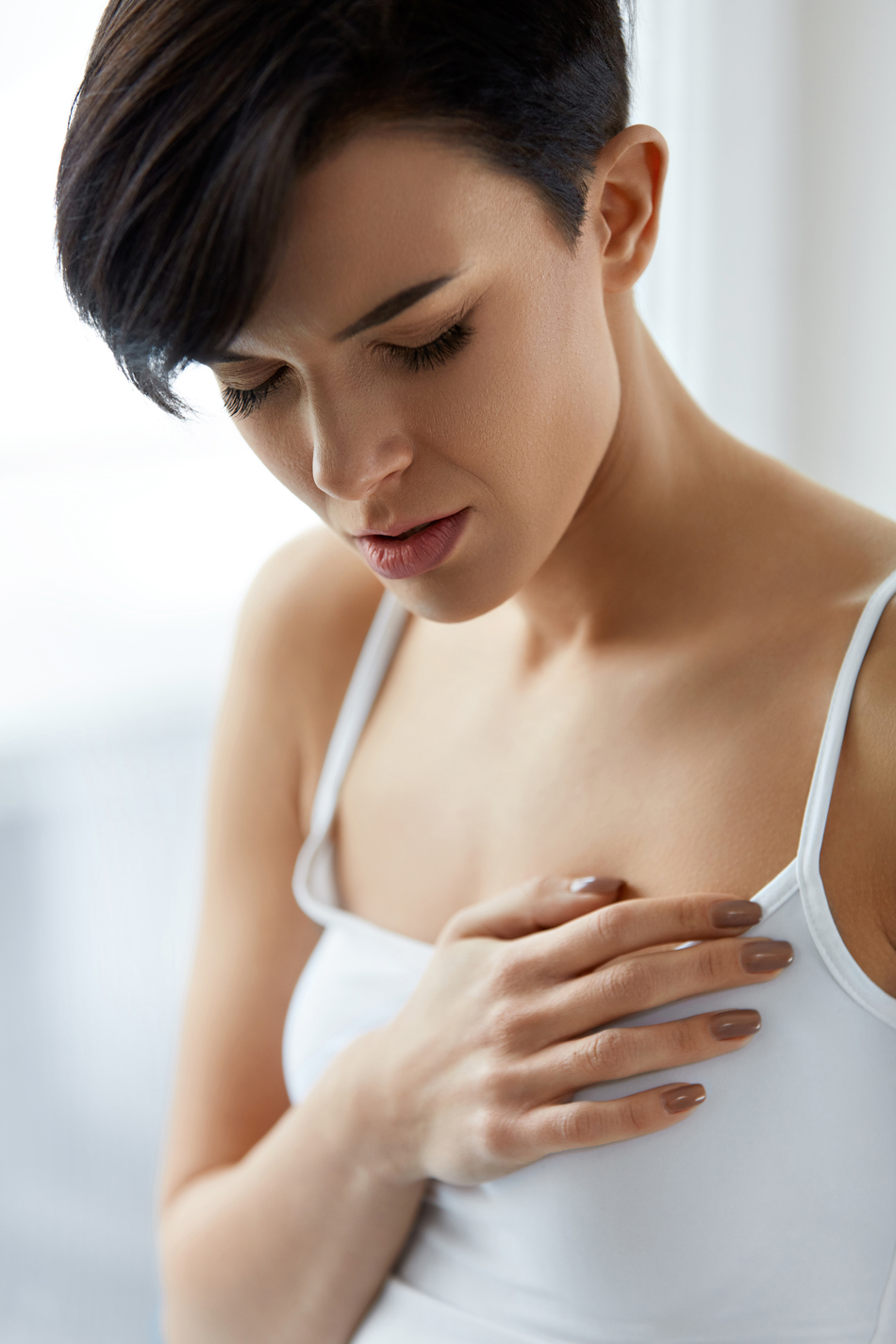
Episode Transcript
Are young women getting more breast cancer? This is Dr. Kirtly Jones from Obstetrics and Gynecology at University of Utah Health. And this is "The Seven Domains of Women's Health" on The Scope.
For women with an extended web of family and friends, it seems as if we are hearing about more young women getting breast cancer. Is that about our social networks being more easily accessed? Facebook, our news links, are friends' friends becoming our friends? Is it about early and more accurate screening picking up more cancers? Is it in the water? Let's think about what we know and what we think we know. Well, let's start off with who do we think of as young?
Well, young, of course, is anyone who hasn't lived as long as you have. However, in the world of breast cancer, young women are under 40. Although breast cancer in young women is uncommon, it's the most common malignant tumor in young women, 15 to 39. The lifetime, well, not all your life but life up to 40, risk of getting breast cancer was 1 in 173 when it was reported in 2009. Now, that's compared to the whole lifetime risk. Risk of getting breast cancer at any time of your life before you die is about 1 in 8.
A report in 2013 in the "Journal of the American Medical Association" looked at the incidence of breast cancer as reported to the U.S. National Cancer Institute's Surveillance, Epidemiology and End Results database. That is a mouthful, but it's commonly known as the SEER database. Everything cancer that happens in the U.S.
This study looked at the incidence of all breast cancers from 1973 to 2009. They categorized breast cancer by age of the woman in whom it was detected and whether the cancer was local, meaning just in the breast, regional, in the breast lymph nodes or chest wall, or distant disease in the bones, brain, or lungs. They found that the incidence of distant disease in older women over 40 was not increasing, but that the incidence of breast cancer that had spread far from the breast was increasing in women 25 to 39. This database is so large that it can look at rare cancers, women who live in cities and in the country, women who are black, white or Hispanic. This increase in young women was found in black, white, and Hispanic women and urban and rural women.
Now, the increase was statistically large but not numerically large. And this is a very important difference to me and my listeners. The rate of advanced breast cancer in young women almost doubled, which sounds like a huge increase. But in absolute numbers, it went from 1.53 per 100,000 women per year in 1976 to 2.9 per 100,000 women per year. An absolute increase of a little over 1 per 100,000 women per year over the 36-year interval.
Another finding was that breast cancers that were estrogen-dependent had increased more than those that weren't. It's important because estrogen-dependent cancers are more amenable to treatment. And that's really critical for all women, but particularly, for young women with kids.
So getting back to the beginning. Why are there more breast cancers among young women? Why do we hear about it more? Could it be their ability to see distant cancers is increasingly better since 1973? So that's why we might be seeing more? Well, maybe but the authors say there isn't enough to explain all the increase. They didn't mention other factors, but we do know that obesity increases the risk of breast cancer in women of all ages. And obesity in young women has increased dramatically over the last 40 years.
We worry that there are environmental estrogens that may increase the risk of breast cancers. We know there are more synthetic chemicals that fetuses are exposed to in pregnancy and change the way that breast cells see estrogens or chemicals that adolescents are exposed to as the breast is developing. We also know that we are much more connected to people we barely know through social media and other media. So we hear much more about young women with breast cancer.
So, all in all, it seems as if breast cancer in young women is increasing. So what do we do about it? Well, you could turn off your social media and your contacts with your friends and family so you don't hear about it. But that isn't the way of women who are connected by the Woman Wide Web. We can support research into the role of chemicals in our environment, our water, our cosmetics and our home that might increase the breast cancer risk or make breast cancer grow and spread faster. We can be personally aware of our breast anatomy, promote breast self-awareness, and bring any new changes in our breast to the attention of our clinicians. And we can try to remember numbers and put this small increase in breast cancers in young women in perspective. And thanks for joining us on The Scope.